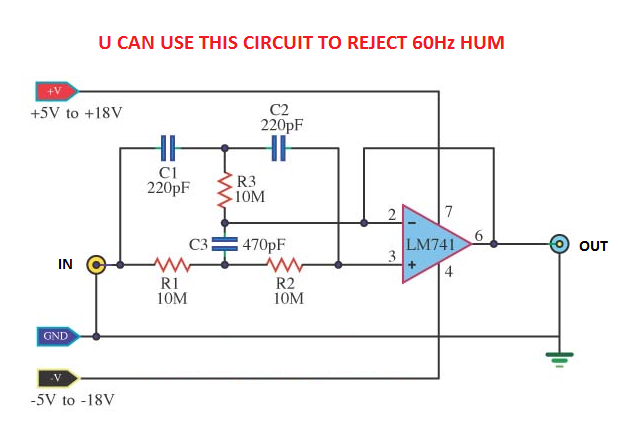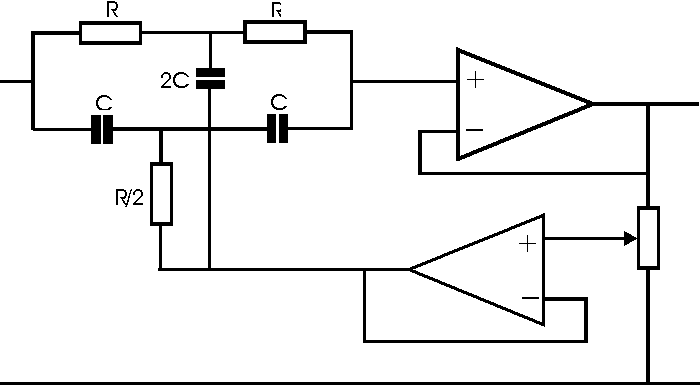obrien135
Full Member level 5
- Joined
- Nov 10, 2009
- Messages
- 240
- Helped
- 5
- Reputation
- 10
- Reaction score
- 5
- Trophy points
- 1,298
- Location
- Connecticut
- Activity points
- 3,259
To remove 60Hz hum from supply can you put a big cap across the supply? I am using a radio shack battery eliminator as the supply. Would an LM7812 circuit yield a cleaner DC? Wouldn't there be some kind of wallpack that I could use?
George
George

